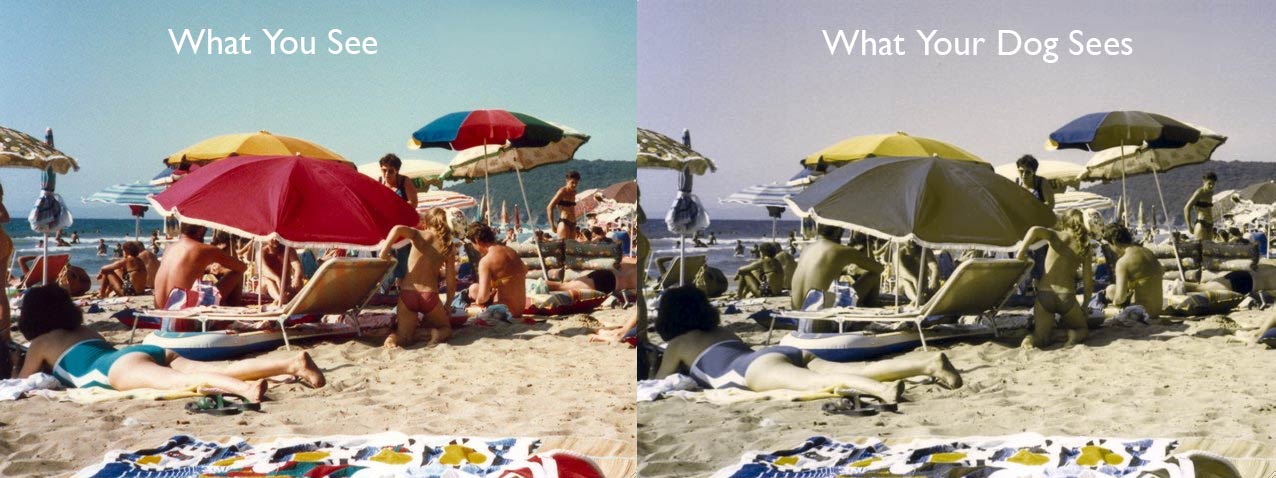3D from the Museum of Fine Arts, Boston
December 26, 2010
• Click on any image to enlarge in Lightbox mode.
These images are from a recent afternoon spent in the Museum of Fine Arts, Boston. I recognize that not all of these images are stereoscopically correct, according to best practices. So if some are admittedly ‘wrong,’ I present them this way because I like them better, not out of ignorance. Honest.
Helpful Websites for Dogs with Behavioral Problems
December 15, 2010
 Too many dogs are surrendered to shelters or simply abandoned due to behavioral problems. This, along with the sometimes suspect ‘I’m moving and can’t take my dog,’ are the top two reasons Animal Control Officers all across the country hear from people who are giving up a dog.
Too many dogs are surrendered to shelters or simply abandoned due to behavioral problems. This, along with the sometimes suspect ‘I’m moving and can’t take my dog,’ are the top two reasons Animal Control Officers all across the country hear from people who are giving up a dog.
I believe an awful lot of these problems could’ve been dealt with before they got to the abandonment stage if owners would use consistent, positive training methods. If there aren’t qualified dog trainers in your area, there’s a wealth of information online. I’ve compiled a list of a dozen free resources below.
Yes, some behavioral problems may be beyond your ability to cope with. But all too often owners give up with only minimal attempts to bring about positive change. Almost any behavioral problem can be improved, whether it can be modified enough to solve the issue or bring relief to the harried owner is the question. Don’t give up too soon!
Virtual Pet Behaviorist created by the American Society for the Prevention of Cruelty to Animals
Certification Council for Professional Dog Trainers
How to Stop Agressive Dog Behavior
Rescue Dog Behavior Problems from the National Animal Interest Alliance
Dr. P’s Dog Training Library Scroll down to Header VI (Potential) Behavior Problems
Dogstar Daily – Behavior Problems
Dog Training and Behavior Articles from 4Paws University
Dog Problem Solving from Pet Expertise.com
Inside of a Dog: What Dogs See, Smell and Know
December 14, 2010
 I’ve been reading the excellent Inside of a Dog: What Dogs See, Smell and Know by Alexandra Horowitz. If you haven’t already, run out and buy this book! I’d give it my highest recommendation.
I’ve been reading the excellent Inside of a Dog: What Dogs See, Smell and Know by Alexandra Horowitz. If you haven’t already, run out and buy this book! I’d give it my highest recommendation.
Since Ms. Hororwitz takes a scientific approach in fulfilling her subtitle you’ll learn a lot about your dog’s senses. About how sound and smell are more important than sight, for example. She also makes the point that of all the domesticated animals, dogs are the only one who regularly look us in the eye. Traditionally, the Window to the Soul, should you chose to believe in souls or spirits. Certainly, a window into another consciousness.
It’s true, of course, that a hard stare between two dogs can be read as aggressive and could be the prelude to a fight. But most of can easily tell the difference between and aggressive, challenging stare and the soulful gazing that occurs between primate and canines.
Visually dogs are dichromats having receptors for two color values (blue and yellow) as compared to humans who are trichromats with three (blue, blue-green, yellow-green). There’s a cool piece of Mac software called Sim Daltonism that’s a Color Blindness Simulator. If you select protanopia, (in humans we call this condition red-green color blindness) you’ll get an idea of what the world looks like to your dog. Click on the image below for larger size.
Dog DNA Database Used to Convict Murderer in England
December 3, 2010
The Times of London reports on a case where the use of a new companion animal DNA database helped place a murderer at the scene of his crime and led to his conviction. This is believed to be a world’s first. Read the complete article here.
In South London, as elsewhere, gang members routinely own aggressive dogs, sometimes referred to as “weapon dogs” or “status dogs.” While the penalties for committing a crime with a knife or a gun normally lead to a mandatory jail sentence, the law is much more lenient when to comes to convicting dog owners for the behavior of their charges. Yet an aggressive dog can do as much or more damage than a knife, and their very presence is intimidating.
The dog in this case was a Staffordshire Bull-Terrier, one of three related breeds (in the molosser group) we lump together and usually call pit bulls. Pit Bulls were bred at one time for bear baiting, an ‘entertainment’ that originated in England under Queen Elizabeth the First.
A bear would be staked in a pit and a group of dogs would be set up it, a ‘blood sport’, just as cruel and vicious as contemporary dog fighting rings.
In the same London neighborhood you could drink, hook up with a painted strumpet in a brothel or attend an original performance of The Winter’s Tale. The connection between these business was multi-layered: actors and theatrical impresarios like Philip Henslowe and his son-in-law, Edward Alleyn also owned bawdy houses where a man might catch the ‘French Welcome’ (syphilis). The most famous exit line in all theater is in The Winter’s Tale – just before the death of the character Antigonus, “Exit, Pursued by a bear.” Shakespeare was making a joke that his actors and audience would understand.












